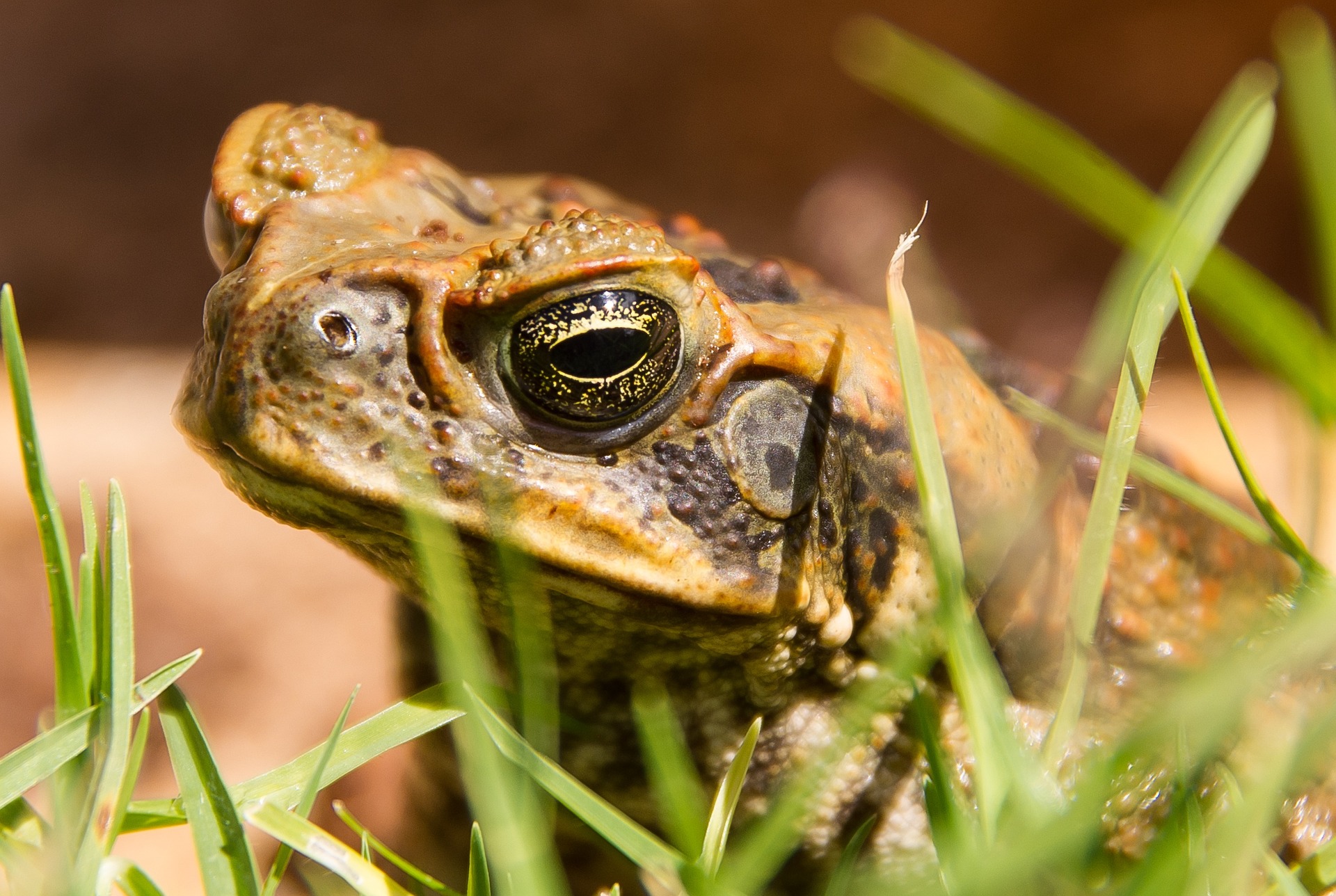

This week, heavy rains and flooding in Australia flushed a small army of cane toads out of their burrows. In an attempt to escape rising waters, 10 of those toads hitched a ride on an 11-foot olive python as it slithered away at top speed, as documented by local man Andrew Mock and reported by The Guardian.
But as conservation biologist Jodi Rowley points out on Twitter, the toads are doing more than just riding the python. They are riding the python. As in, mounting the python. In a sexual way.
This overeagerness to hump isn’t out of the ordinary when it comes to cane toad behavior. The invasive amphibians tend to be quite, ahem, thirsty—Rowley even Tweeted a photo of one toad trying to mate with a mango.
And while it might be surprising to see one animal species riding another—sexually or otherwise—it actually happens all over the animal kingdom. There’s even a subreddit devoted to it.
Here are some of our favorite occurrences of animal-on-animal rodeo.
Monkeys ride sika deer

As we’ve previously reported, adolescent female Japanese macaques have been known to mount sika deer and ride around on their backs. Similarly to cane toads, the monkeys often do this in a sexual manner (although they do sometimes ride deer for transportation, too). Though some deer were disgruntled by the grinding female monkeys and bucked them off, many allowed the monkeys to do their thing. This is presumably because the primates would sometimes groom the deer’s backs, which can be a hard-to-reach spot when trying to remove ticks and other parasites. The act is just one example of how animals have sex with animals of other species, and for reasons other than procreation.
Weasel riding a mockingbird
2015 was the year of the #WeaselPecker —a photo captured by amateur photographer Martin Le-May of a weasel riding on a flying woodpecker went viral and was quickly meme-ified. National Geographic suggested the situation probably came about while the woodpecker was on the ground foraging for insects and the weasel ambushed it, also looking for a meal. Ultimately, the weasel’s onslaught was unsuccessful: Le-May saw the bird land and the weasel scurry away into the grass.
Genet riding a rhinoceros

A genet, which is a cat-like, carnivorous mammal, was spotted on multiple occasions riding on the backs of black rhinoceroses and buffalos in South Africa. Smithsonian reported that the conservation group WildlifeAct caught the duos on their camera traps—but the reason why the genet decided to do this is still a mystery.
Heron riding a hippopotamus

At first, it looks like this heron is somehow magically standing on the water’s surface. But give it a second, and you’ll see it’s actually using a hippopotamus as a step-stool. The lanky bird might actually have a good reason to do this, as hippo-augmented height could be handy for hunting fish.
Parasitic wasp riding a damselfly

This little wasp (Hydrophylita emporos) might look sweet and unassuming, but it is probably the most conniving beast on this list. It rides on a damselfly and waits for it to land and lay its eggs. When it does, emporos walks down the damselfly’s abdomen, into the water, and subsequently lays its own eggs inside the damselfly eggs, according to a 2013 study in PLoS One. By parasitizing damselfly eggs, emporos gives its own babies extra nutrients and a better chance at survival.
